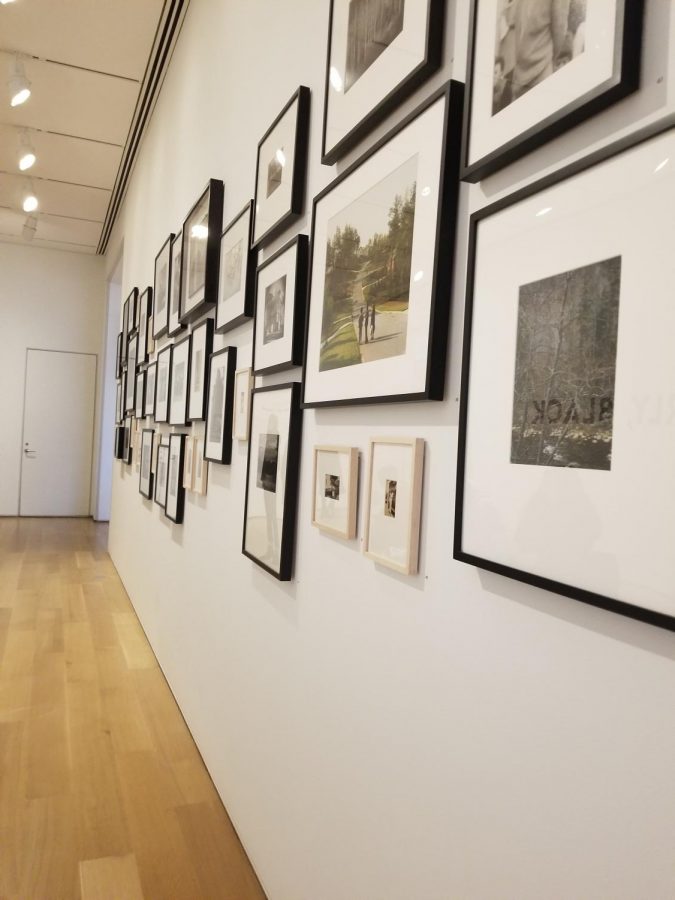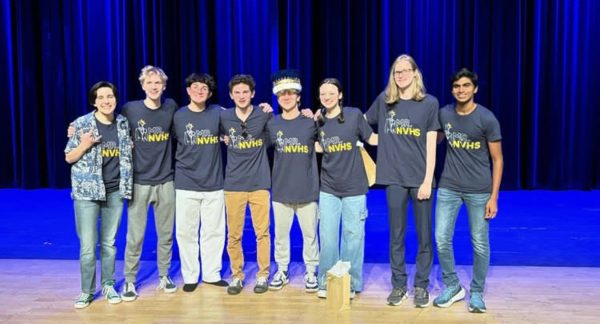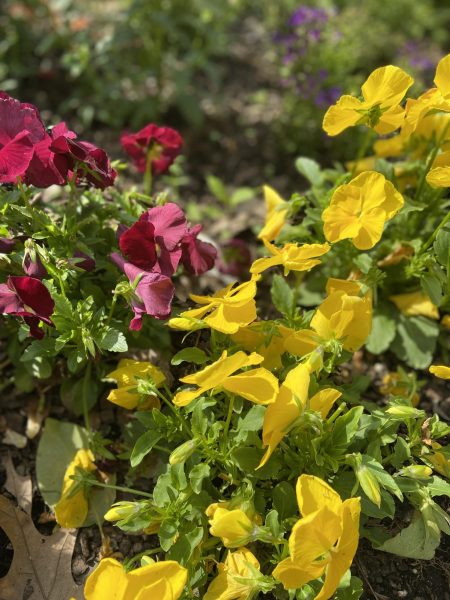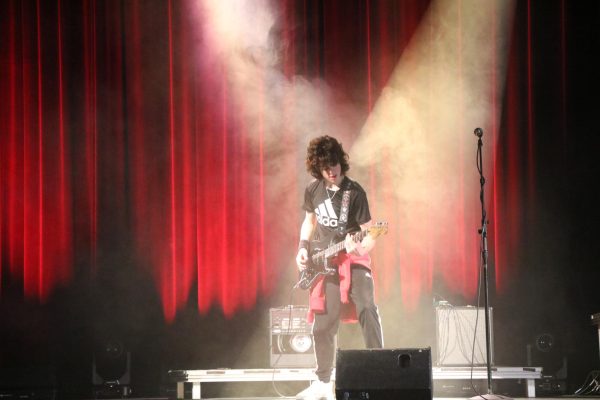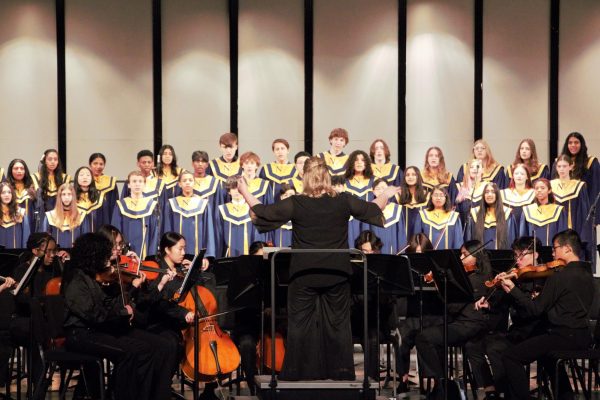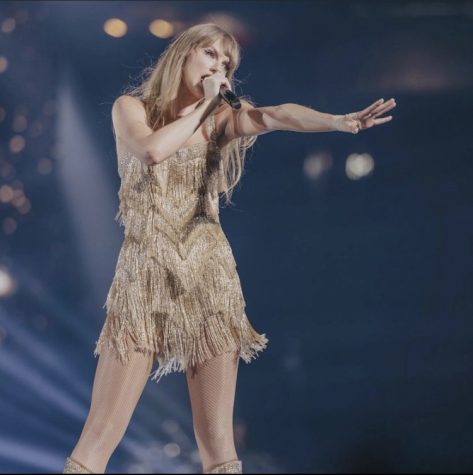New exhibit at the art institute: Dawoud Bey
Bey’s exhibit was complemented by a collection of images that followed the suit in the same theme with Bey’s work. The series of photos was hung on a wall just outside the gallery, gallery 188 in the Modern Wing. His work will stay up until April 14th of this year. Photo Courtesy of Arti Rathore
March 5, 2019
In an attempt to capture “a world built on darkness,” Dawoud Bey, a Chicago-based photographer, has published his latest collection of images to draw the viewer in and transport them to the realities of a darker time.
This February, the Chicago Art Institute, located on 111 S Michigan Avenue, has opened a new exhibit just in time for Black History Month. The exhibit is located in gallery 188 of the Modern wing and is titled “Night Coming Tenderly, Black.” The gallery is a series of photographs by Chicago photographer Dawoud Bey that are almost completely blacked out and difficult to see. On first glance, the images seem like murky and dark shots of a simple landscape; all are pictures of fields and fenced homes, similar to those you may see in or near your own neighborhood. In reality, though, the images represent much more. The photographs were taken around areas in Cleveland that are related to or were a part of the Underground Railroad. The murkiness of the images can be interpreted to represent the darkness that the people using the Underground Railroad were witnessing while traveling on route to their freedom.
On one wall in the exhibit, there is a feature on what Bey’s photography is meant to represent, written by Bey himself. He explains that the photos are meant to “evoke the sensory and spatial experience of fugitive slaves moving through the darkness
of a pre-Civil War Ohio landscape.” Dawoud goes on to explain the symbolic relationship between the photographs and the actual Underground Railroad in the same interview. The complexity of the images lies more within the symbolism of each photo and its holistic existence rather than the tiny details like textures and shading that other photographers may turn to. The images focus on simple locations and titles, occasionally drawing the eye to a random plant or part of a fence to capture what one traveling through the underground railroad may have actually seen. His first piece, simply titled “Untitled #1” followed by a list of what’s in the picture, is a photo of a house surrounded by a white picket fence and bordered with leaves.
The unique style puts the observer into the photograph and recreates the sensations felt in that time period. Though seemingly simple, the gallery is most definitely worth seeing for it’s hidden intricacies. The exhibit will remain open until April 14 of this year. Admission is 16 dollars for students and is located in gallery 188 in the Modern Wing, just under the stairs.

